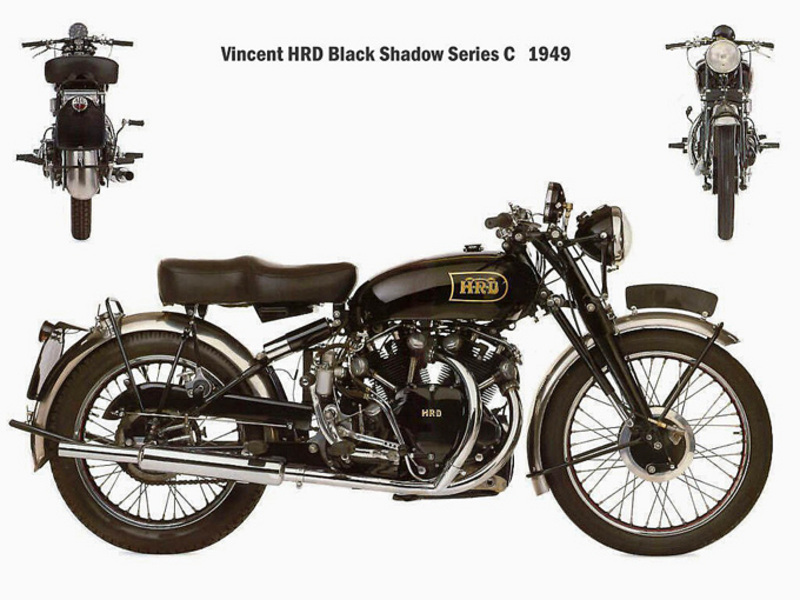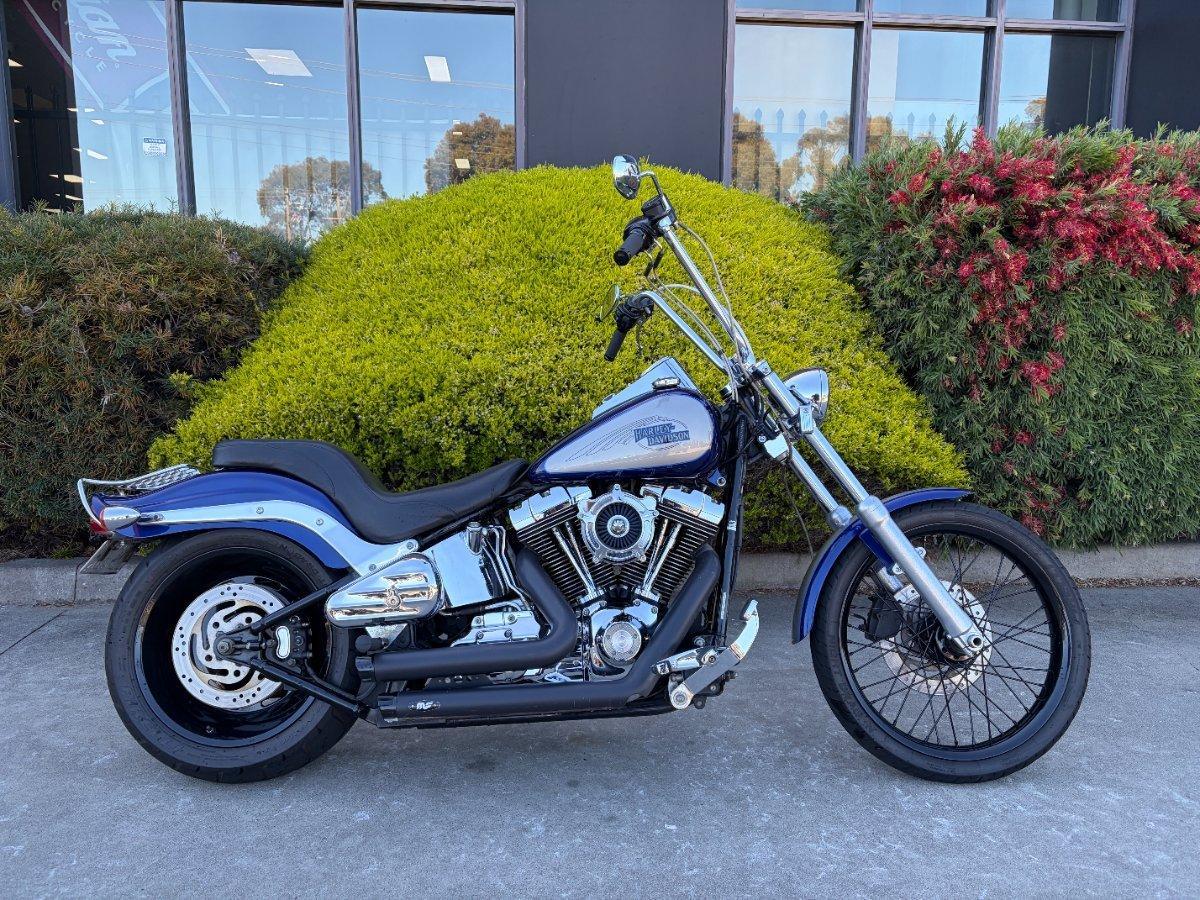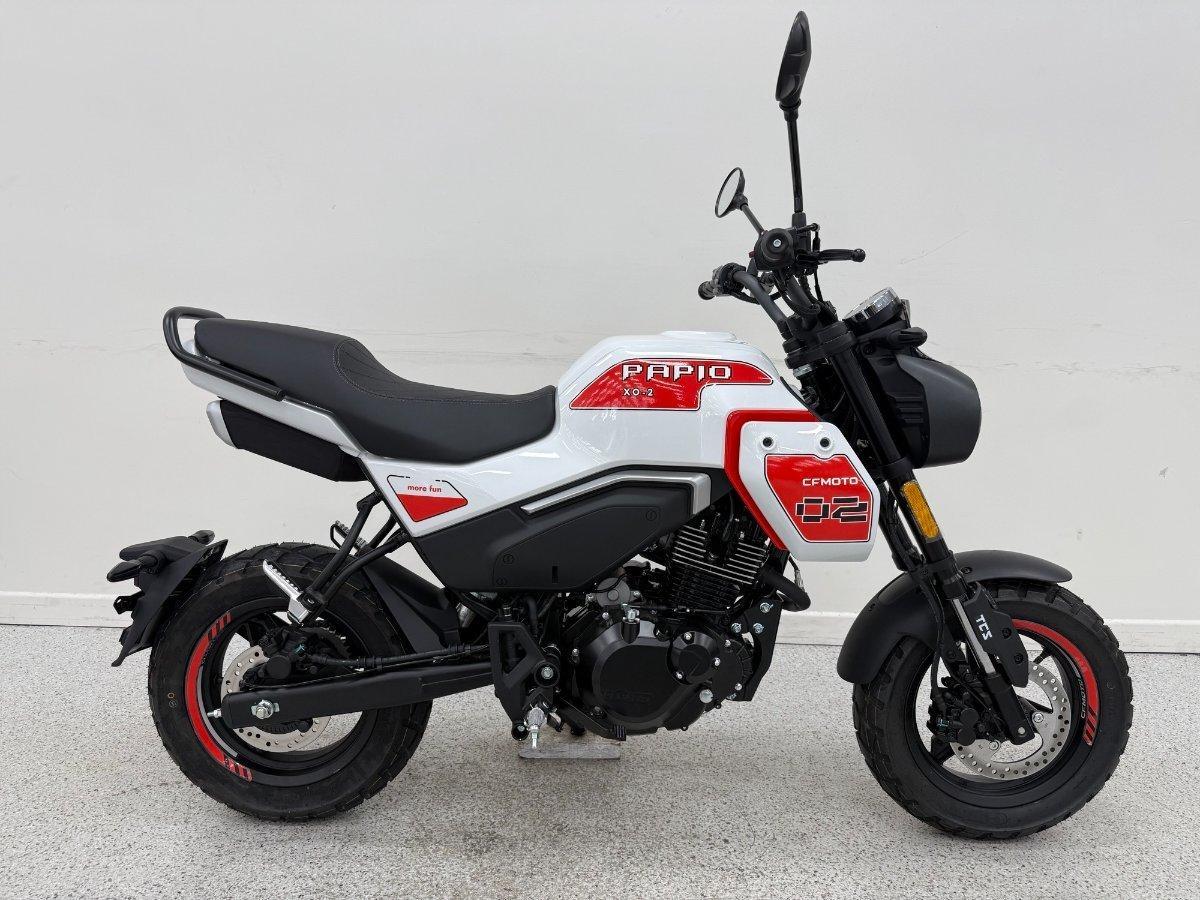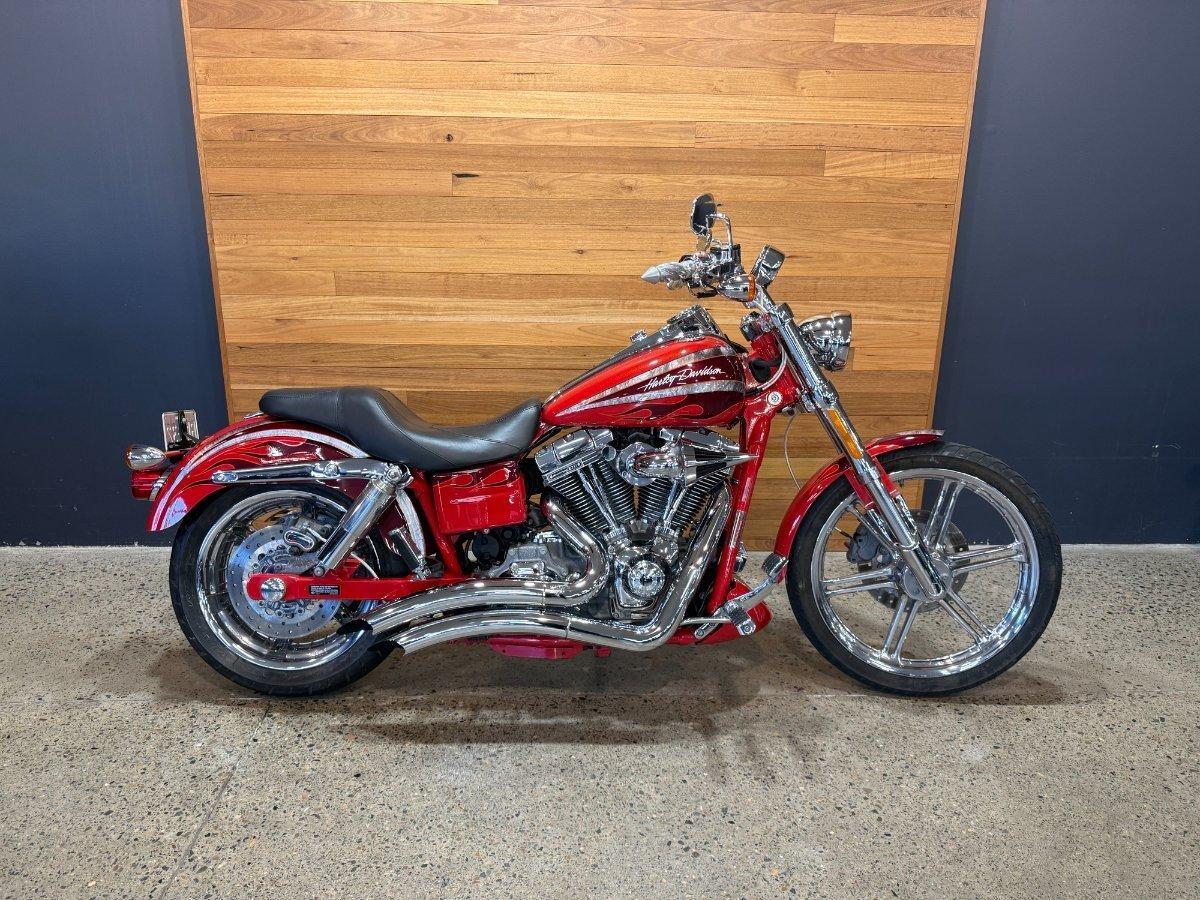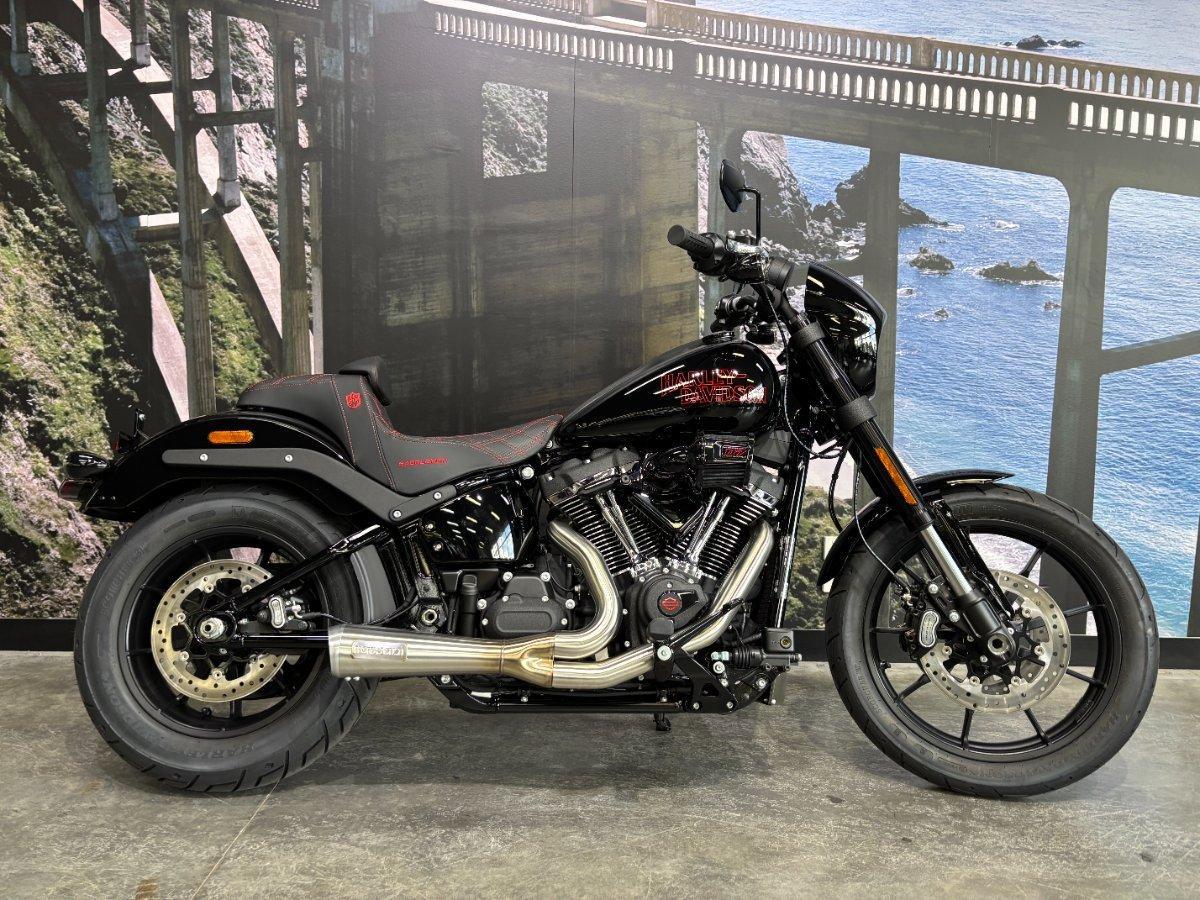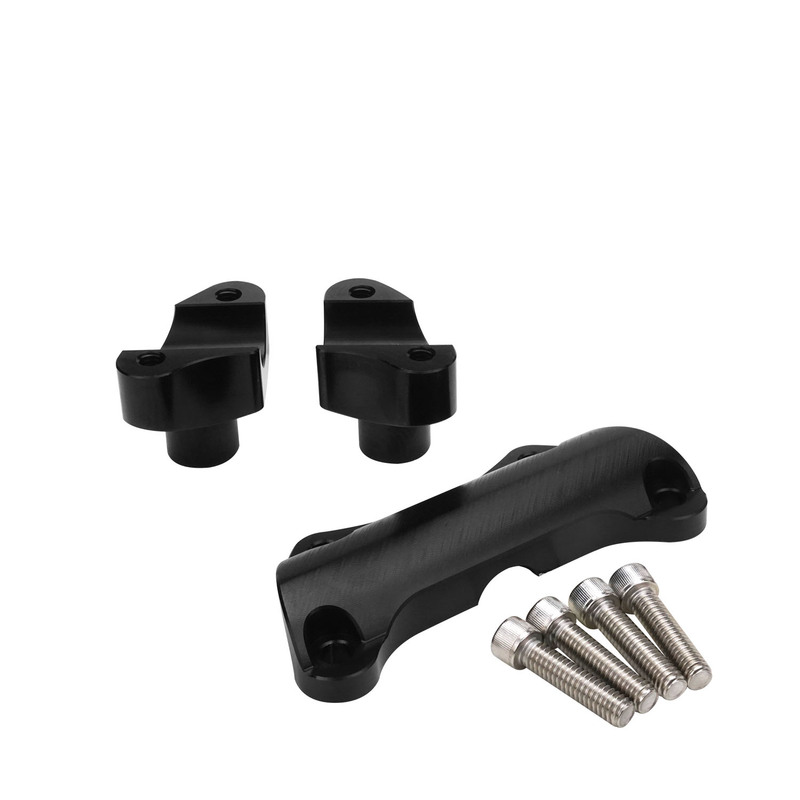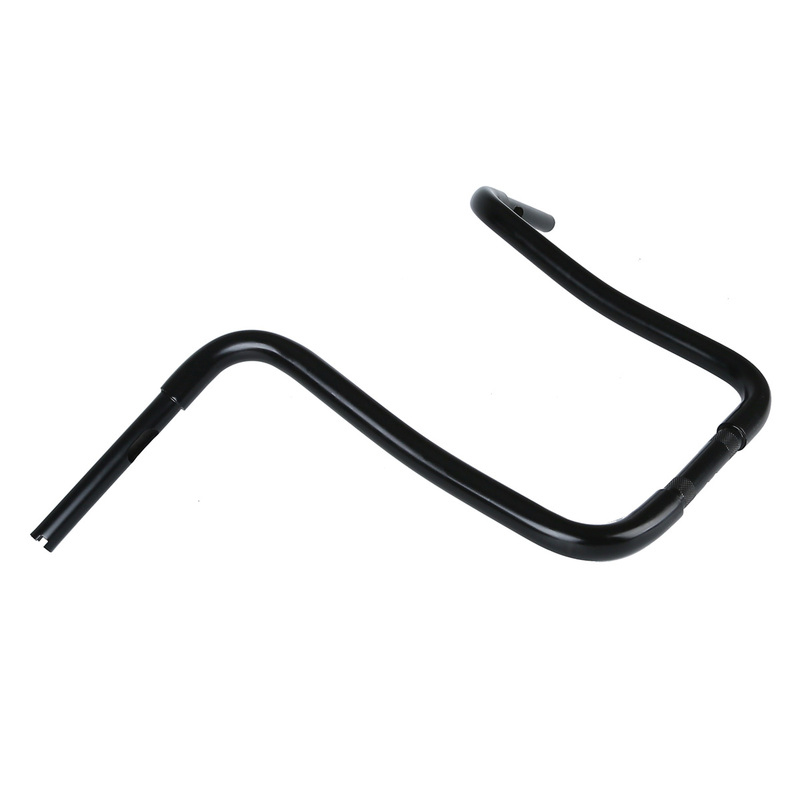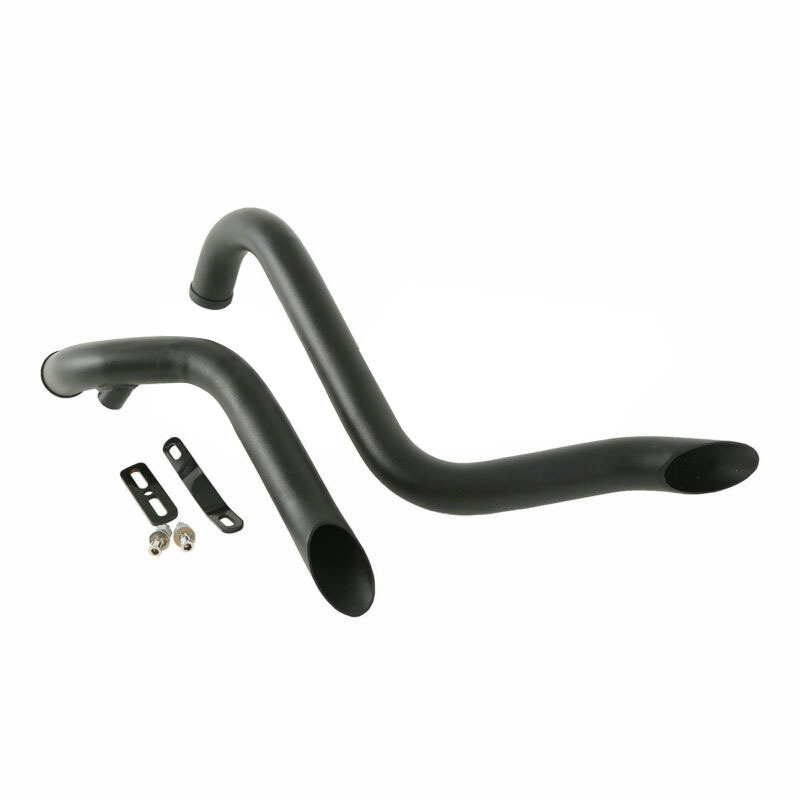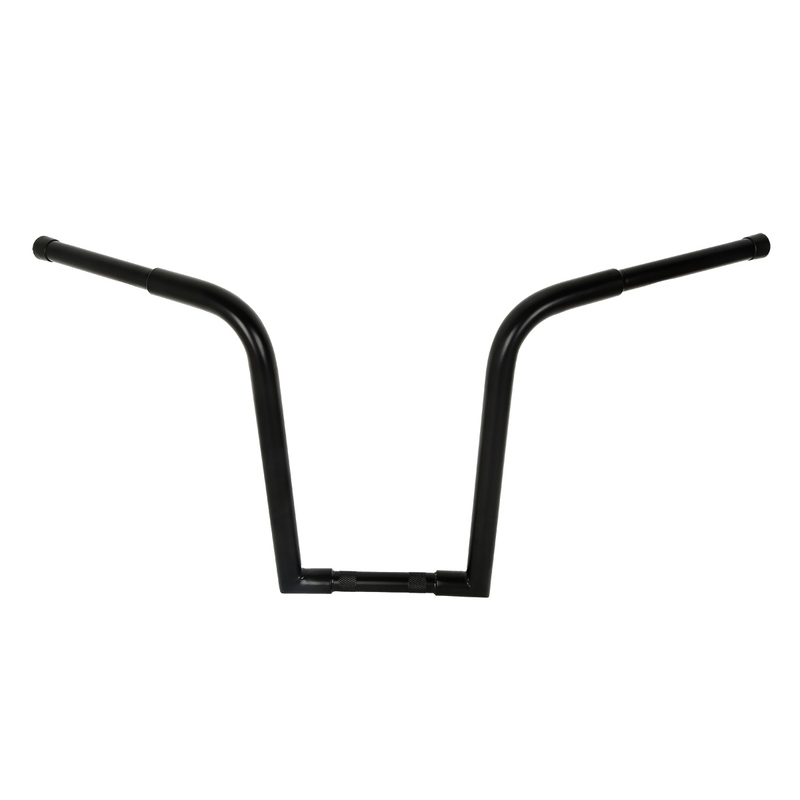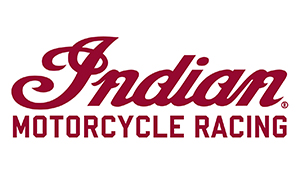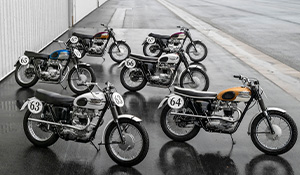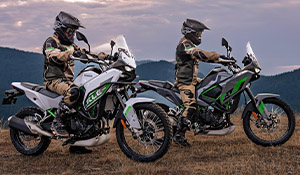Vincent Part 1
During that time it underwent several changes in name & structure due to liquidity problems, however it never actually went bankrupt. The company began when Mr. Phillip C. Vincent, fresh out of university, borrowed some money from his father & bought the defunct H.R.D. (Howard Raymond Davies) plant & trademark. H.R.D. had made a name for itself by winning a couple of IOM TT races with proprietary J.A.P. engines. It was not enough to save the company & they went to the wall late in 1927. Whilst H.R.D. bikes were manufactured in Wolverhampton, it is in the town of Stevenage that, thanks to Vincent, will be known as the home of the first true Superbike.
The beginnings of the company were not auspicious, as the Great Depression of the early 1930s limited the production to as few as 40 motorcycles a year. The major breakthrough came when the brilliant Phil Irving joined the company & designed a motor to replace the J.A.P. engines. An in-house motor combined with a fully sprung frame was fairly unique in 1935, only New Imperial offered something similar, and that was only as an extra cost option, not standard as on Vincents. Thus, the trend was started for bespoke motorcycles where the customer could order a particular state of tune for the engine, alloy or steel mudguards, bronze or iron head, etc. These bikes weren't cheap, but as they say today, 'built to a standard & not a price'. The 500 singles were fast & handled well for the era, but in 1938 came the gob-smacking 1000. There are many stories how this model came to be, but the most common, & probably true, is that Phil Irving saw one blueprint overlaid on another and had a "eureka moment". Thus the snarling V-twin beast was born & in short time became a legend. 110 mph straight out of the box and so much power the clutch couldn't cope & would slip if the throttle was twisted too enthusiastically. Nevertheless they lapped Brooklands circuit at 100 mph + & were awarded Gold Stars, great stuff for the advertisers. Today, these pre-War twins command prices that will buy an outer suburban house! The singles meanwhile can be had for the price of a middle of the range BMW or Audi.
During WWII, Vincent, like all other motorcycle manufacturers, was involved in the war effort. Unlike most others though, they also worked on a post-War model that would remove all the external oil ways AND the frame.
At the end of the war, Vincent HRD were one of the first companies to release details of a new model & did it cause a sensation! A unit construction 50 V-twin with the same wheelbase as a 500 & weighing about the same as a 500 as well. But it didn't have 28 or 30 bhp - it had 50, as well as a bucket load of torque. It was stupendously expensive & for the first 18 months, most were exported to raise foreign exchange. The motto of the time was "export or die" and Vincent was certainly heeding that motto.
Vincent in print
A number of JUST BIKES readers will no doubt be familiar with the images shown , even if they don't know who it is, or what period it dates from.
The man behind this iconic image is Rollie Free, and the achievements of this speed record setter have been thoroughly chronicled in Flat Out! The Rollie Free Story, by Jerry Hatfield.
The first thing that strikes you about this book is its sheer size. The fact that Hatfield spent 27 years compiling this 180 page volume is testimony to how thorough his approach is.
While the image of Free precariously balanced on his Vincent was a high point in his career, there was also a long history in motorcycling and motorcycle racing before that record-setting day in 1948. That history is illustrated with a huge selection of photographs, flyers and memorabilia. These images alone make the book worth the asking price, especially the shots of classic board track racing. Free's early adventures in motorcycling are covered in detail, including his time selling and racing Indians in the 1930s. When he wasn't racing himself, Free was tuning the race machines of others.
With America's entry into WWII, Free enlisted in the U.S. Army Air Force, rose to the rank of Major and introduced record-setting efficiency to the engine maintenance operations he oversaw.
Following WWII, Free was able to reindulge his love of motorcycles by moving to "real motorcycle country" in California.
The Vincent H.R.D. association came about in late 1946, but Free's perfectionist nature didn't sit well with the "bottom line" approach of the distributors and the partnership didn't last. However, the brief association convinced Free that Vincents were the machines on which to set speed records - even in standard trim, a Series B Rapide was 10mph faster than any other equivalent production bike.
With the support of a wealthy enthusiast, John Edgar, Free had the funding for a crack at the National Speed Record.
Free's Bonneville run in a highly-tuned Vincent H.R.D. Black Shadow, and his subsequent "striptease" down to swimming trunks to find more speed is now part of motorcycling history, a history that is intimately detailed and celebrated in this book.
Flat Out! The Rollie Free Story by Jerry Hatfield, published by Herb Harris. Available now for $99.95 from Harley City, Brunswick, VIC. Ph: (03) 9383 5033 for mail order details.







